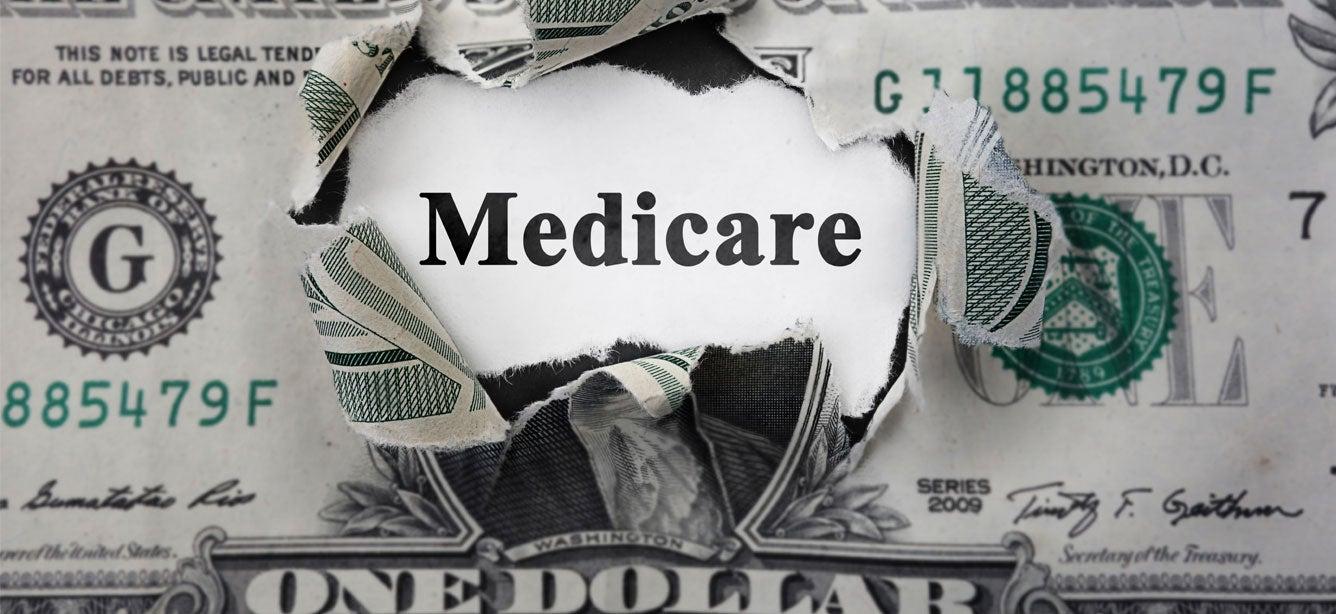
The Centers for Medicare & Medicaid Services (CMS) created the Best Available Evidence (BAE) policy to address incorrect Low-Income Subsidy (LIS)/Extra Help (listed as LIS from this point forward) cost sharing data in the electronic data systems of CMS, pharmacy real-time claims systems, and Part D plans. BAE ensures Medicare beneficiaries with LIS aren’t charged too much or have higher copayments than expected.
Learn why a Medicare beneficiary might have an incorrect copayment and what's considered best available evidence in this fact sheet. Also learn how to help someone with Medicare who may not have the BAE documents available.
The fact sheet answers such questions as:
- What is considered Best Available Evidence?
- Why is the LIS copayment amount wrong?
- How long will the beneficiary wait for the system to update?
- What if the beneficiary doesn't have any of the BAE documents?
Download "Getting to Know: Part D Best Available Evidence (BAE) Policy"



